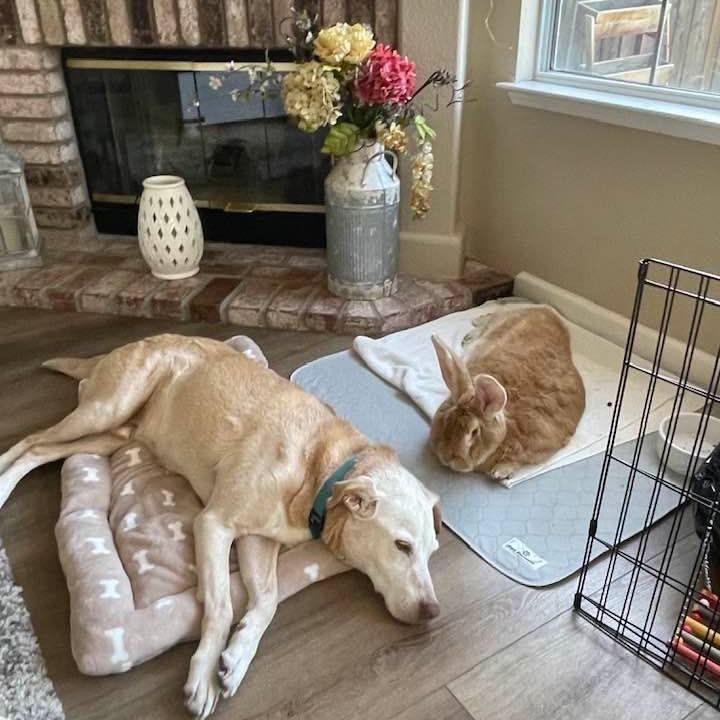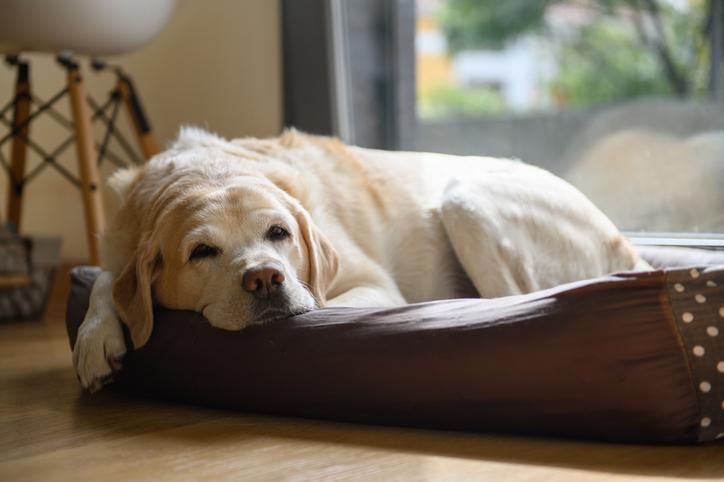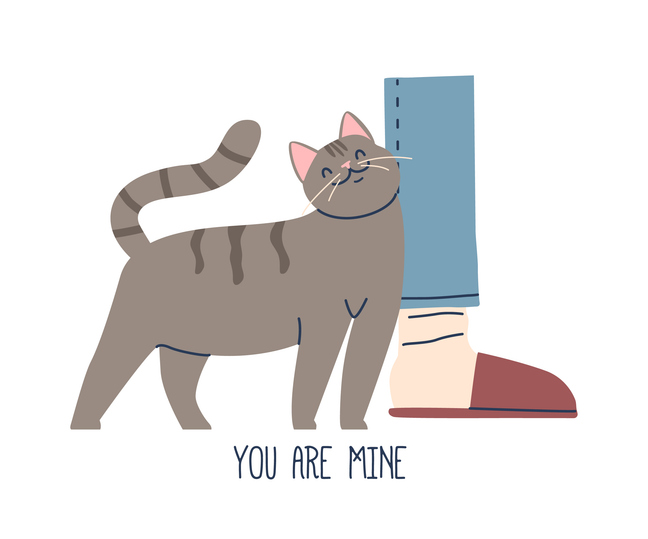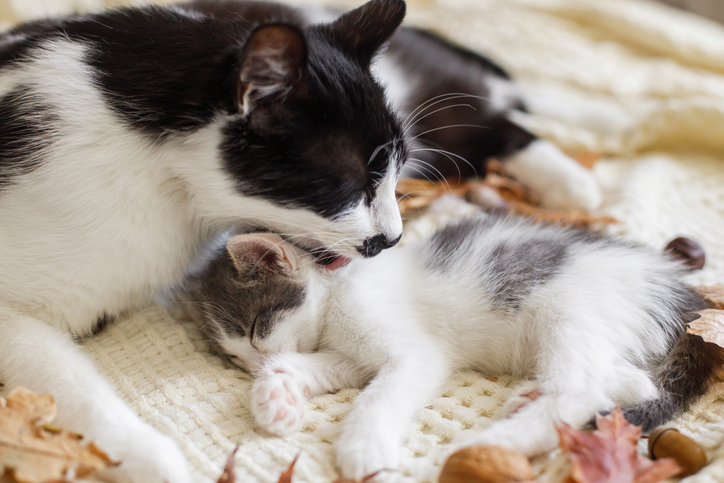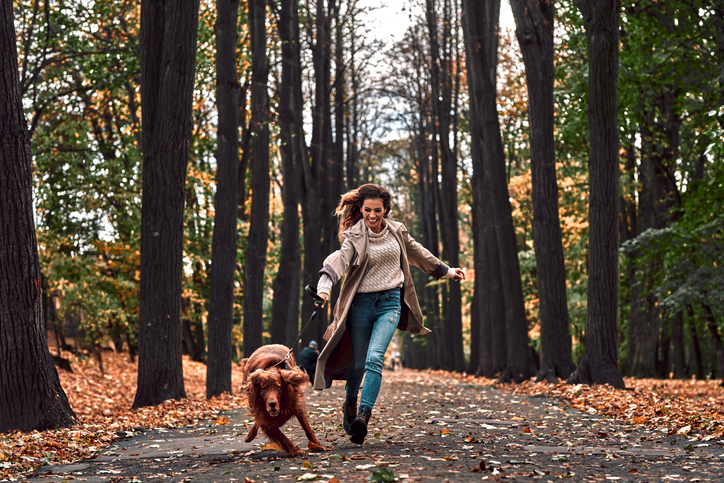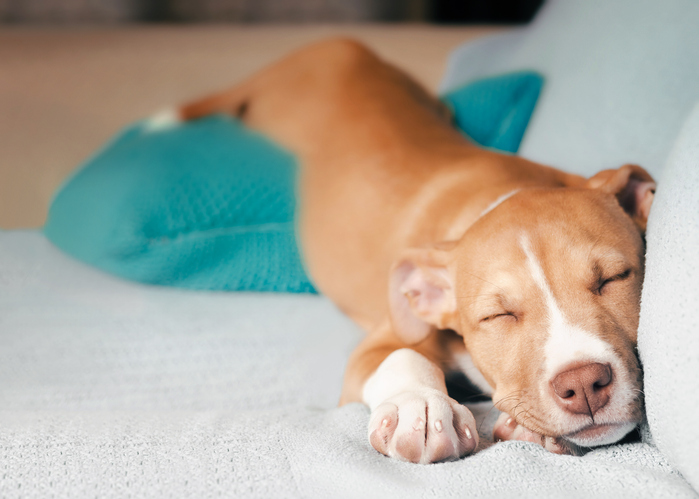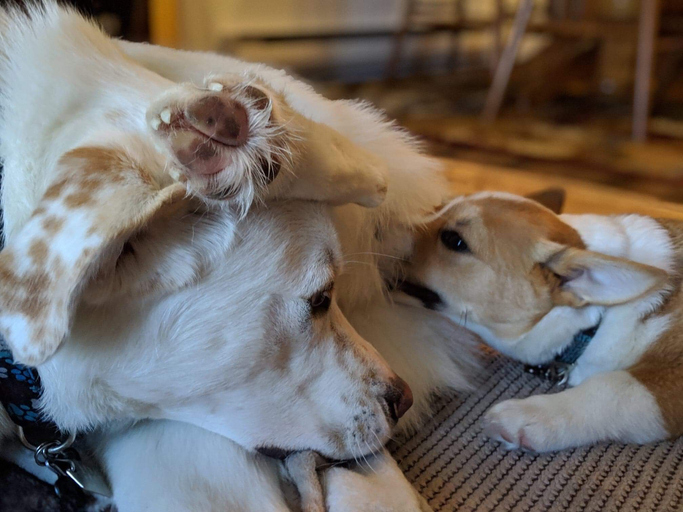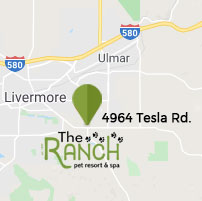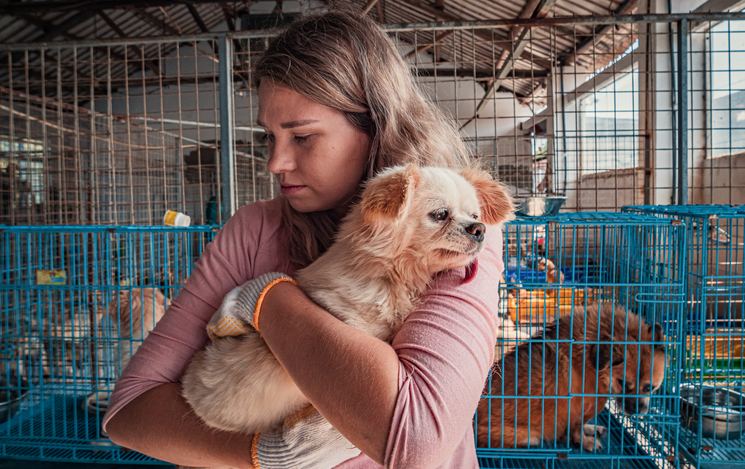
In light of the horrific firestorms occurring in Los Angeles, The Ranch Pet Resort and Spa wants to express our heartfelt condolences to those affected by the tragedy and to remind pet owners to be prepared in the event of a catastrophic event.
No pet owner wants to think of having to leave for safety without our pets, and in the event there is little to no warning, it’s best to have everything your pet needs prepared in advance.
With some careful planning and preparation, you and your pets can have a better chance at surviving a catastrophe.
Prepare Your Pet for Disaster
To prepare for a potential disaster, pet owners should create an emergency plan that includes assembling a pet emergency kit, identifying a safe area in the home, and taking steps to ensure their pet’s identification and safety. Key aspects of pet disaster preparedness include:
Emergency Kit:
- Sufficient supply of pet food and water
- Medications and prescription details
- List of allergies or intolerances
- Copies of vaccination and medical records
- A durable carrier or leash
- A collar with an up-to-date ID tag with visible and legible contact information
- Pet bedding and favorite toys
- A pet first aid kit
- Recent photos of your pet
- Can opener
- Flashlight
- Reflective collar and or leash
- Towels
- Extra blankets
Identification:
- Microchip your pet and keep contact information current
- Ensure your pet’s collar has an ID tag with your latest contact details
- Collect all veterinary identification and assemble together
- Keep an ID card with pet’s name, age, breed, gender, color (dogs can change colors in emergencies-think soot after a fire on a white dog), any identifying marks, or behaviors, shot history, list of medications or injuries
Safe Area:
- Designate a safe room in your home where your pet can stay during an emergency provided you do not need to evacuate. Make sure the room has food, water, bedding, toys, and the comforts of home until you can resume operations
- Keep all doors and windows shut to avoid the chance of escape
- If flooding is a concern, provide access to elevated surfaces
Evacuation Plan:
- Identify a friend or family member outside the affected area who can be contacted in an emergency
- Practice evacuating with your pet and emergency kit
- Know the location of pet-friendly shelters in your area
Important Information:
- Keep your veterinarian’s contact details easily accessible
- Note any special needs or medical conditions your pet may have
- Post a glow in the dark sticker/notice next to your door/on your window with the number of pets and their location during an emergency
Update all information, food, water, bedding, medication, and supplies at least once or twice a year and make sure all perishable are not outdated.
By preparing in advance, you can ensure your pet’s safety and well-being during a disaster.

